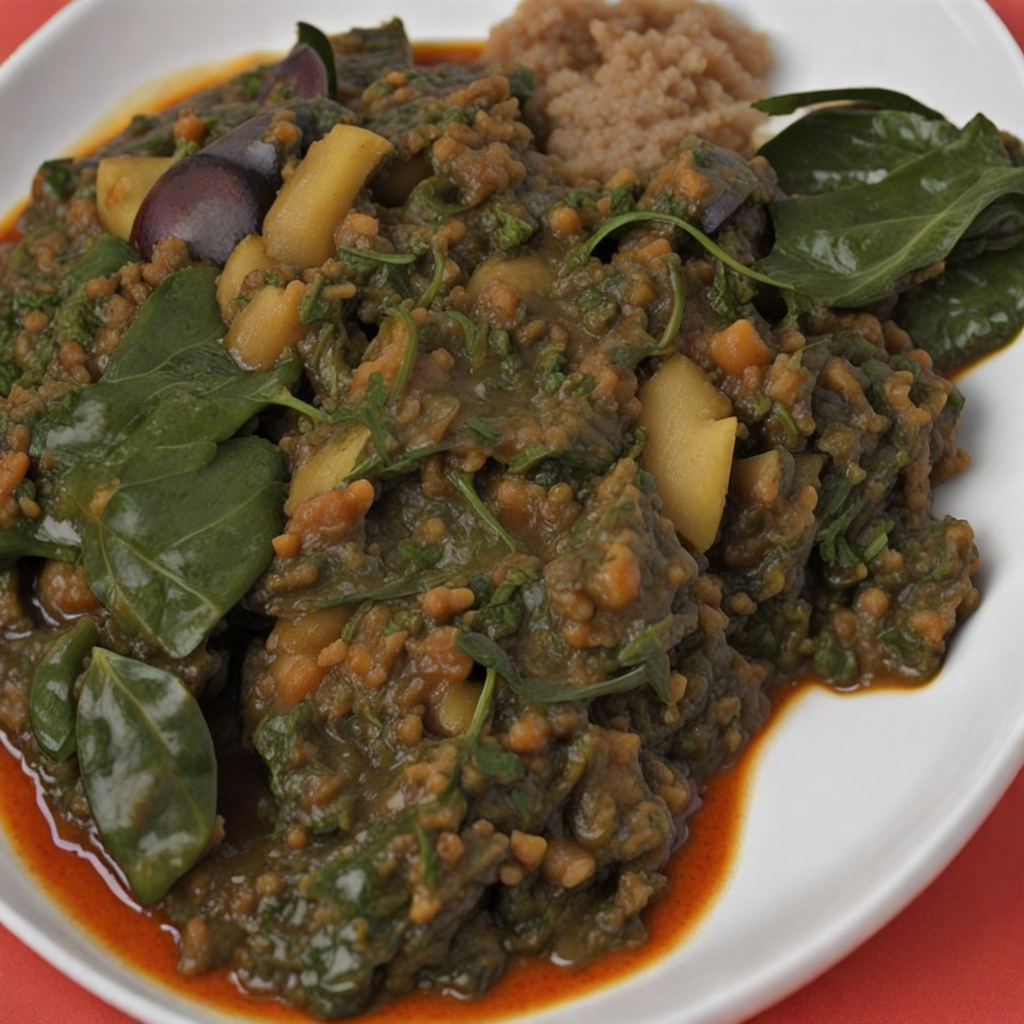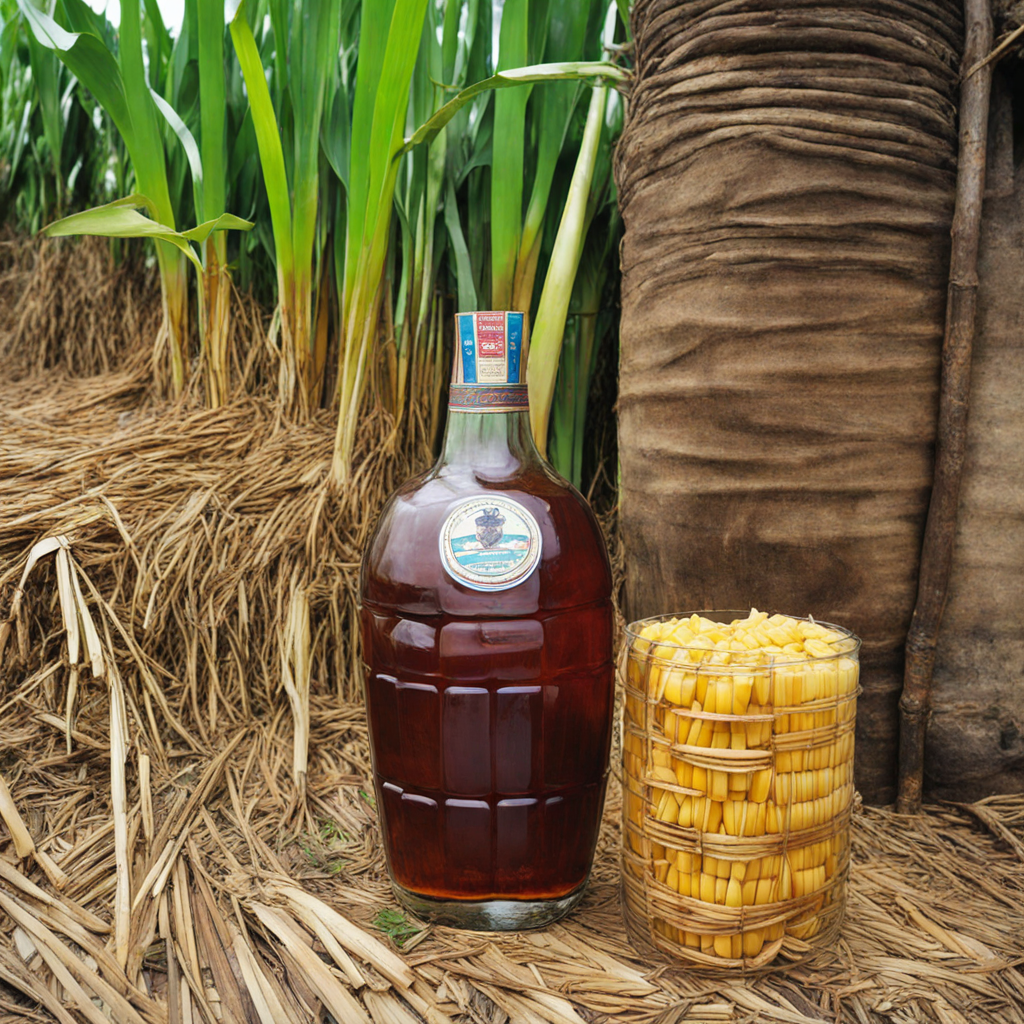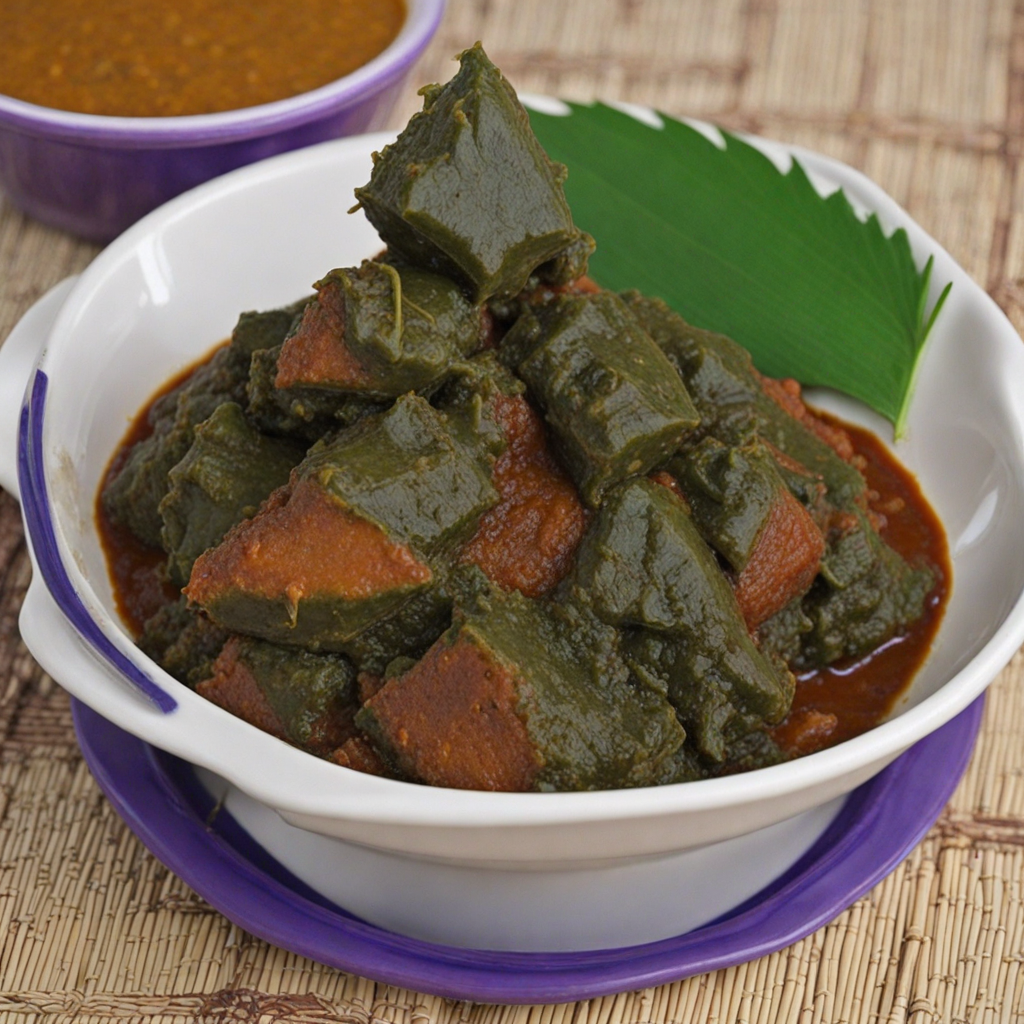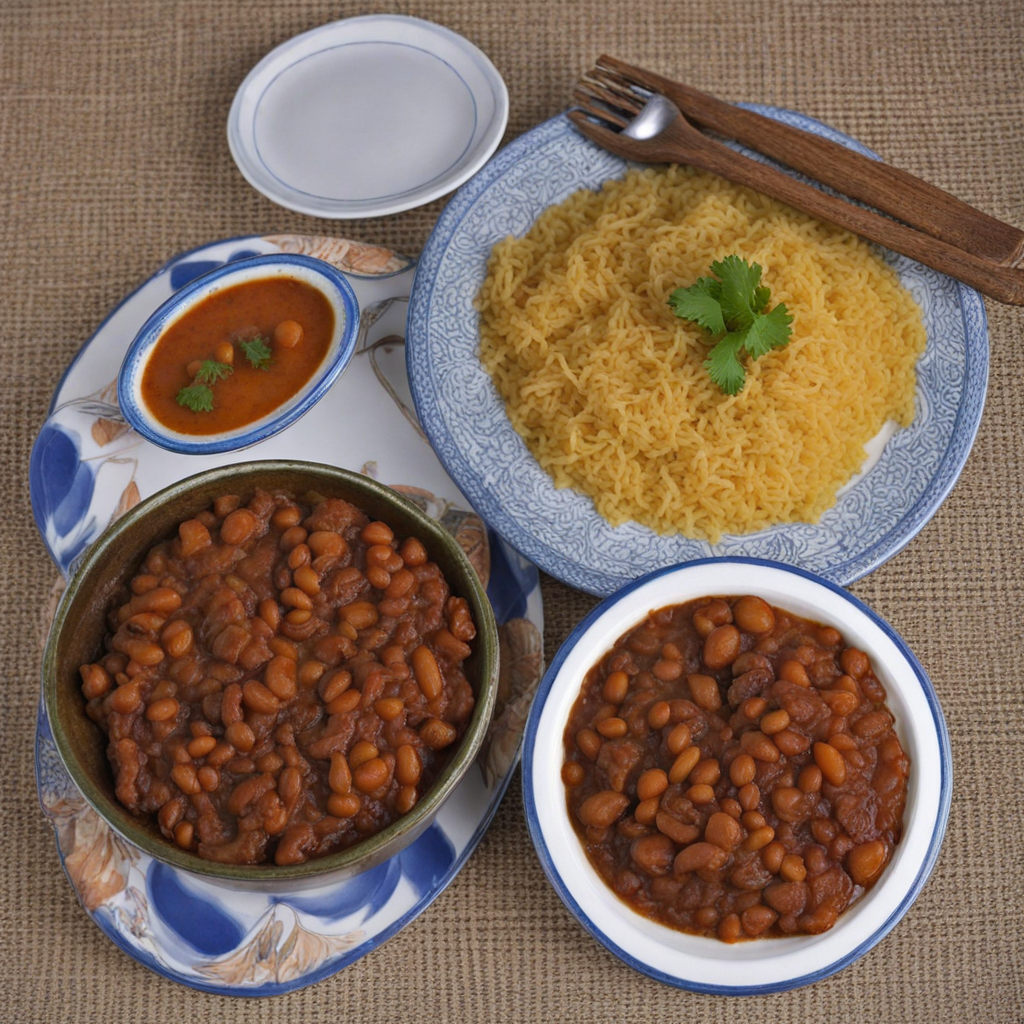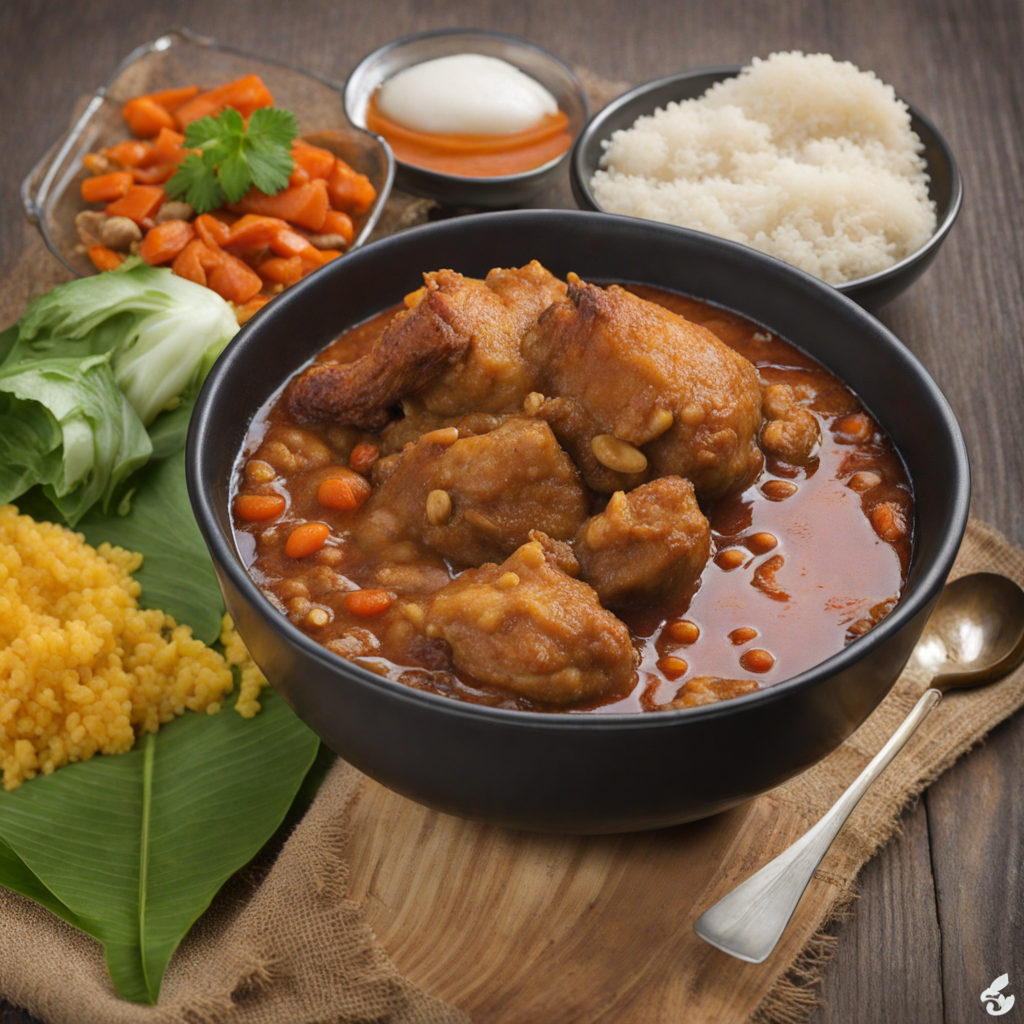Bitekuteku
Bitekuteku is a traditional dish from the Democratic Republic of the Congo, celebrated for its rich flavors and hearty ingredients. This dish primarily consists of cassava leaves, which are finely chopped and then simmered with ground peanuts, creating a creamy texture that envelops the ingredients in a nutty embrace. The dish is often seasoned with spices and herbs, enhancing its earthy profile. Bitekuteku is typically accompanied by a starch, such as rice or plantains, making it a fulfilling meal that reflects the agricultural richness of the region.
How It Became This Dish
The History of Bitekuteku: A Culinary Gem from the Democratic Republic of the Congo #### Origins Bitekuteku, a culinary treasure from the Democratic Republic of the Congo (DRC), is a dish that resonates deeply with the country's rich cultural tapestry and its diverse agricultural landscape. The name "Bitekuteku" derives from the Lingala language, one of the national languages spoken in the DRC, and loosely translates to "the way we enjoy food together." This dish embodies not only the flavors of the region but also the communal spirit that is central to Congolese culture. The origins of Bitekuteku are rooted in the agricultural practices of the Congolese people, who have cultivated a variety of crops for centuries. The DRC is endowed with fertile lands that support a diverse range of ingredients, including cassava, plantains, and various vegetables. Bitekuteku typically features cassava leaves, which are a staple in Congolese cuisine, often cooked with groundnut paste (peanut butter) and sometimes enriched with meat or fish for added flavor and nutrition. This combination of ingredients reflects the agricultural abundance of the region and the importance of cassava as a food source, which has been cultivated in Central Africa for over 5,000 years. #### Cultural Significance Bitekuteku is more than just a dish; it is a symbol of unity and togetherness in Congolese society. Meals in the DRC are traditionally communal, served on large platters where family and friends gather to share food. This communal aspect of dining fosters social bonds and a sense of belonging, making Bitekuteku a dish that is often prepared for celebrations, family gatherings, and significant cultural events. In many Congolese communities, food carries spiritual significance. Certain dishes, including Bitekuteku, are often prepared for rituals and ceremonies, celebrating life events such as weddings, births, or even memorials. The act of cooking and sharing Bitekuteku transcends the mere act of eating; it is a way to honor ancestors, express gratitude for the harvest, and reinforce community ties. It showcases the deep respect for tradition that characterizes Congolese culture, where food is intertwined with identity and heritage. The preparation of Bitekuteku is often a communal affair as well. Women, who traditionally take on the role of cooks in many Congolese households, gather to prepare the dish together, passing down recipes and cooking techniques from generation to generation. This not only preserves culinary knowledge but also strengthens the bonds among women in the community, who share stories, laughter, and life experiences while they work. #### Development Over Time As with many traditional dishes, Bitekuteku has evolved over time, influenced by various factors including geography, colonial history, and globalization. In the pre-colonial era, Bitekuteku was prepared using local ingredients and methods, with few outside influences. However, the arrival of European colonizers in the late 19th century introduced new foods and cooking techniques to the DRC. Ingredients such as rice and various spices were incorporated into local cuisine, leading to adaptations of traditional recipes. Despite these changes, the core of Bitekuteku remains steadfastly rooted in its traditional preparation. The dish is still primarily made from cassava leaves, which are harvested, washed, and then pounded before being cooked with other ingredients. Groundnut paste adds a rich, nutty flavor to the dish, while local variations may include fish such as tilapia or meats like chicken and goat. Each community may have its unique twist on the recipe, showcasing the creativity and resourcefulness of the cooks. In recent decades, the DRC has faced numerous challenges, including political instability and economic hardship. Yet, amidst these struggles, the resilience of the Congolese people shines through, particularly in their culinary practices. Bitekuteku has remained a beloved dish, serving as a source of comfort and continuity in times of uncertainty. It represents a connection to the land and a means of preserving cultural identity, even as external influences continue to shape the culinary landscape. The global movement towards recognizing and celebrating indigenous cuisines has also brought renewed attention to dishes like Bitekuteku. As international interest in African cuisine grows, chefs and food enthusiasts are increasingly exploring traditional dishes, drawing attention to their historical significance and cultural roots. This has led to a revival of interest in Bitekuteku, with chefs experimenting with modern techniques while honoring the traditional flavors and ingredients. Today, Bitekuteku is not only enjoyed in homes across the DRC but is also making its way onto the plates of restaurants and food festivals around the world. Chefs are reinterpreting this dish in innovative ways, highlighting its unique flavors while preserving its cultural essence. As a result, Bitekuteku has transcended its humble origins, becoming a symbol of Congolese pride and culinary heritage. #### Conclusion Bitekuteku is a vivid representation of the Democratic Republic of the Congo's rich history, cultural significance, and evolving culinary landscape. From its roots in ancient agricultural practices to its role as a communal dish that fosters connections among people, Bitekuteku encapsulates the spirit of the Congolese people. As the world continues to embrace diverse culinary traditions, Bitekuteku stands as a testament to the resilience and creativity of a culture that values food as a source of nourishment, connection, and identity. In a world increasingly driven by globalization, the preservation and celebration of traditional dishes like Bitekuteku serve as important reminders of the values and histories that shape our culinary experiences. By sharing Bitekuteku with the world, the people of the DRC not only honor their ancestors but also invite others to partake in their vibrant culture, ensuring that the legacy of this beloved dish continues to thrive for generations to come.
You may like
Discover local flavors from Democratic Republic Of The Congo


